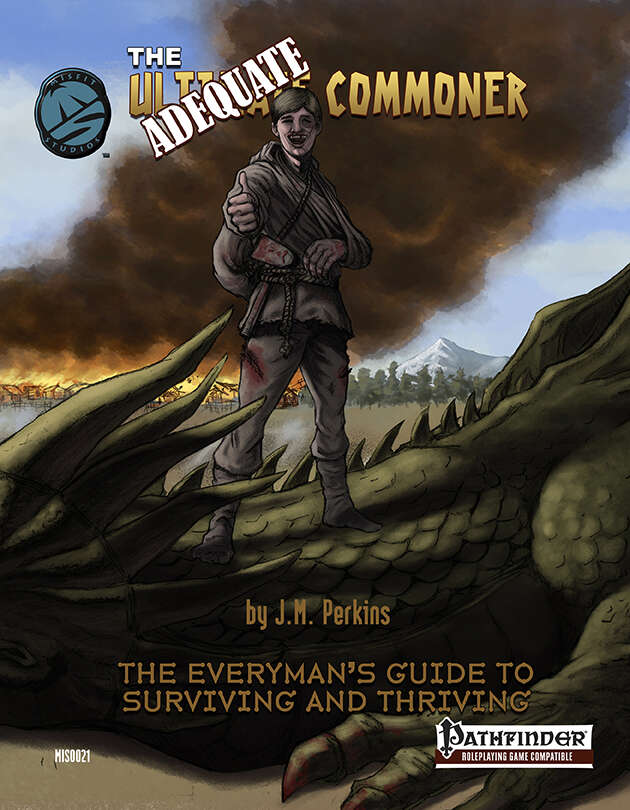Sepulchrave II
Legend
I'm not defending the utility of listing the CON - or any other ability - of the human rogue in the cell, Obmi, or all of the Drow. Merely pointing out the fact that Gygax did, in fact, list all of these. Dex and Con bonuses appear factored into AC and HP. Str bonuses are noted. Magical plusses are factored in.Believe me, I know chapter and verse of 1e characters. Yes, if you ignore a lot of stuff you can create fairly brief sheet for a fighter, but it will omit a lot of important stuff unless they are really low level, plus what is gained for such an NPC? All you actually care about is level, hit points, AC, etc. Nobody cares about it's CON or whatever.
I'm looking at 1978.It may well depend on which G3 you have?
The Drow? Why are they heavily standardized? - I'm talking about those above the baseline, with additional Cleric and MU levels. What do they omit?I didn't go through them in detail, but the casters seem heavily standardized and omit a lot,
Well, they appear legal - if by legal, you mean they comport with the rules used for PCs. What makes you think they're not?so we can't really say they're legal or not.
The entry for the Drow at the back of G3 is pretty exhaustive.Yes they have some bits of info not found in MM stat blocks, but rules don't actually exist in 1979 era 1e for Drow anyway, and even later the rules were inconsistent and in most sources differ from monster Drow in various ways.



